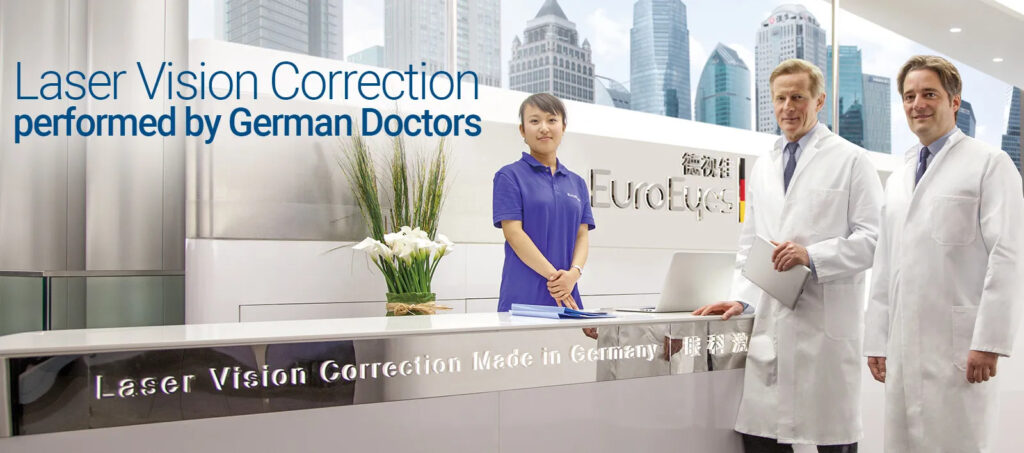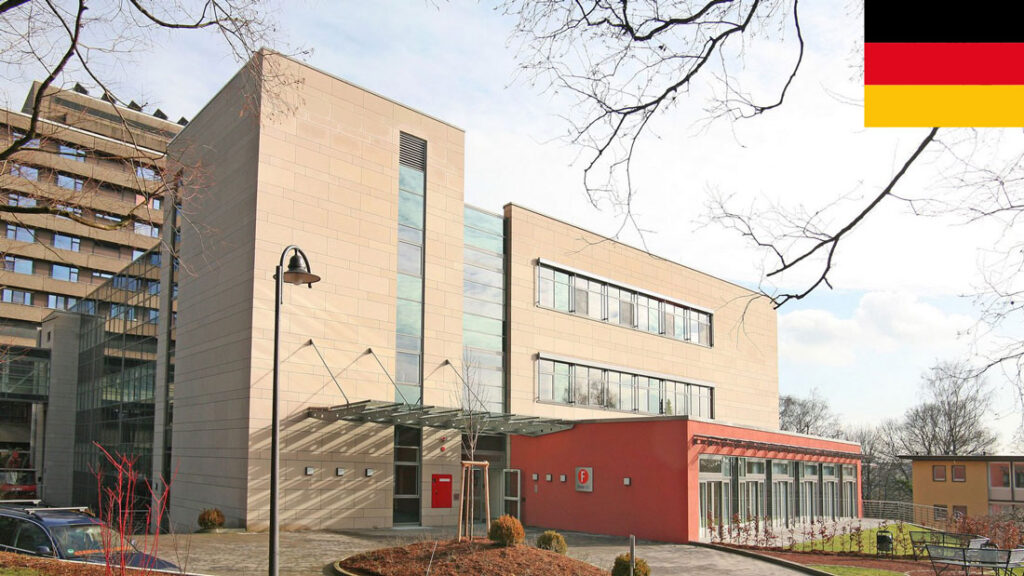Preventable Glaucoma Vision Loss Hindered by Treatment Costs
Glaucoma, often called the “silent thief of sight,” is a leading cause of irreversible blindness worldwide. Shockingly, much of the vision loss caused by this condition is preventable—if detected early and treated properly. However, a major barrier stands in the way: the high cost of treatment. Many patients, especially in low-income communities, struggle to afford the medications, surgeries, and regular check-ups needed to manage glaucoma effectively. This article explores how financial constraints contribute to preventable vision loss and what can be done to bridge the gap.
Understanding Glaucoma and Its Impact
Glaucoma is a group of eye diseases that damage the optic nerve, typically due to increased intraocular pressure (IOP). Left untreated, it leads to gradual vision loss and, eventually, blindness. The most common form, primary open-angle glaucoma, progresses slowly and often without noticeable symptoms until significant damage has occurred.
Why Early Detection Matters
- No early warning signs: Many patients don’t experience symptoms until peripheral vision is lost.
- Irreversible damage: Once vision is lost, it cannot be restored.
- Manageable with treatment: Medications, laser therapy, and surgery can slow or halt progression if started early.
The High Cost of Glaucoma Treatment
While early intervention can save sight, the financial burden of glaucoma care prevents many from receiving timely treatment. Here’s a breakdown of the costs involved:
1. Medications
Eye drops are the first line of defense for glaucoma patients, but they come with a hefty price tag. Some prescription drops can cost hundreds of dollars per month, and many patients require multiple medications to control their IOP effectively.
2. Surgical Procedures
When medications fail to control glaucoma, surgery becomes necessary. Common procedures include:
- Trabeculectomy: A traditional surgery to relieve eye pressure.
- Laser trabeculoplasty: A less invasive option, but still costly.
- Minimally invasive glaucoma surgery (MIGS): Newer, often expensive techniques.
Without insurance, these procedures can cost thousands of dollars, putting them out of reach for many.
3. Regular Monitoring
Glaucoma requires lifelong management, including frequent eye exams, visual field tests, and imaging scans. These appointments add up, especially for uninsured or underinsured patients.
Who Is Most Affected by Treatment Costs?
Certain groups face greater challenges in accessing glaucoma care due to financial constraints:
- Low-income individuals: Many cannot afford medications or specialist visits.
- Uninsured or underinsured patients: High out-of-pocket costs deter treatment.
- Elderly populations: Fixed incomes make ongoing care difficult to sustain.
- Minority communities: Studies show higher glaucoma rates among African American and Hispanic populations, who often face healthcare disparities.
The Consequences of Untreated Glaucoma
When patients skip treatments due to cost, the consequences are severe:
- Progressive vision loss: Leading to blindness in advanced cases.
- Reduced quality of life: Difficulty with daily activities, driving, and independence.
- Higher long-term costs: Blindness leads to increased healthcare and social support expenses.
Possible Solutions to Reduce Financial Barriers
Addressing the cost-related challenges in glaucoma care requires a multi-faceted approach:
1. Expanding Insurance Coverage
Governments and insurers must prioritize coverage for glaucoma medications and procedures, especially for high-risk populations.
2. Patient Assistance Programs
Pharmaceutical companies and nonprofits offer financial aid programs to help patients afford medications. Raising awareness about these resources is crucial.
3. Telemedicine and Community Screenings
Mobile clinics and telemedicine can bring affordable screenings to underserved areas, enabling early detection.
4. Generic Medications and Cost Transparency
Encouraging the use of generic eye drops and promoting price transparency can lower expenses for patients.
Final Thoughts
Glaucoma-related blindness is largely preventable, yet treatment costs remain a significant obstacle for many. By improving access to affordable care, expanding insurance coverage, and increasing public awareness, we can reduce unnecessary vision loss. No one should go blind simply because they can’t afford treatment—addressing this issue must be a priority in eye healthcare.
If you or a loved one is at risk for glaucoma, seek regular eye exams and explore financial assistance options. Early action can save your sight.



